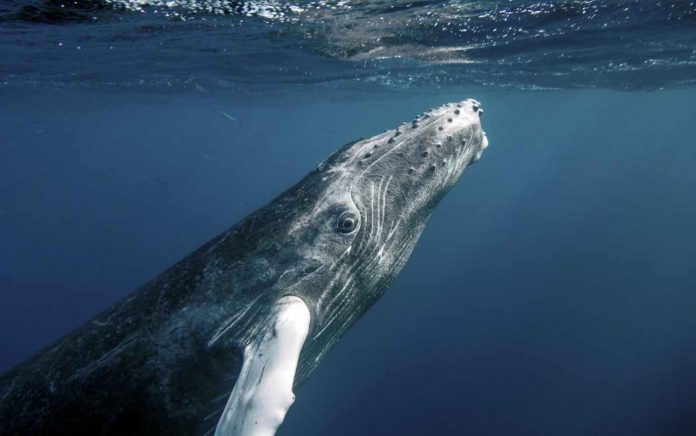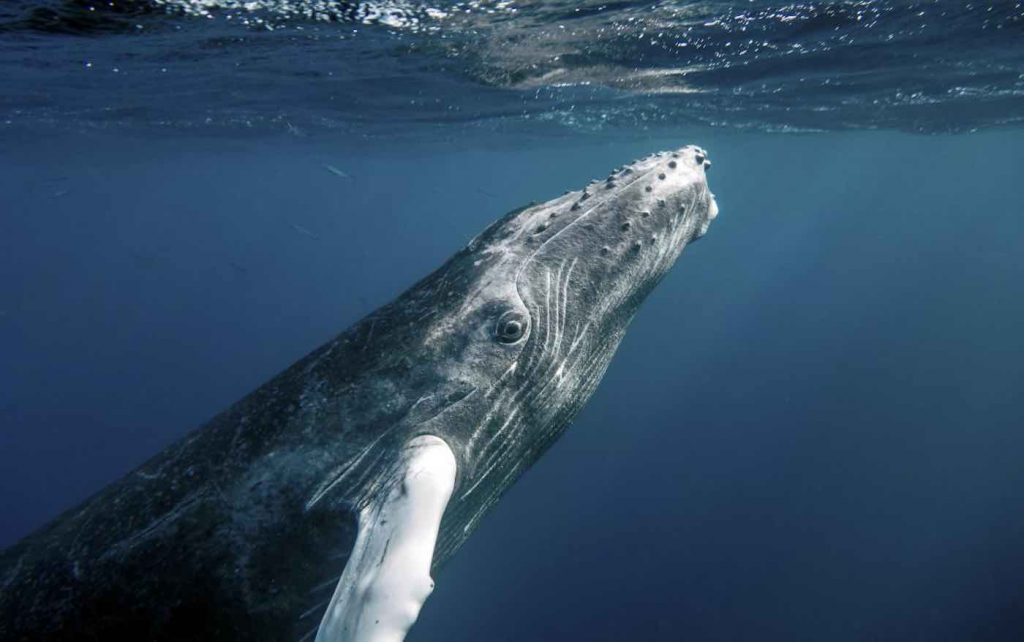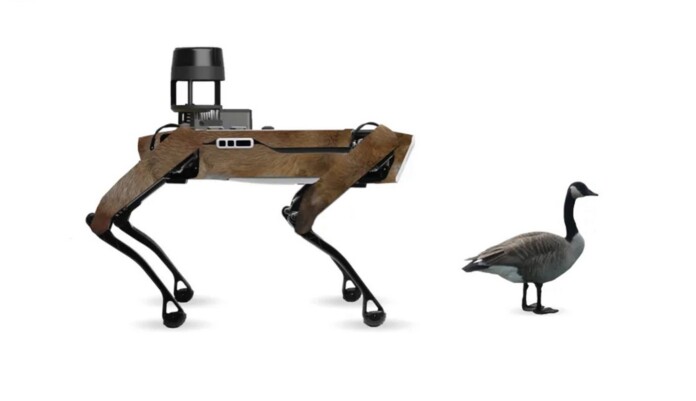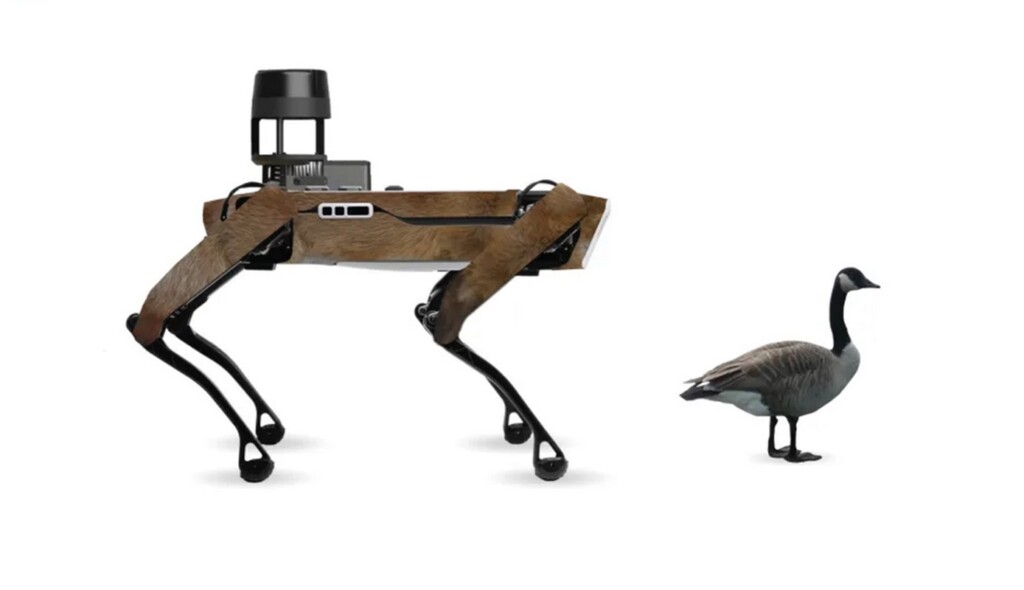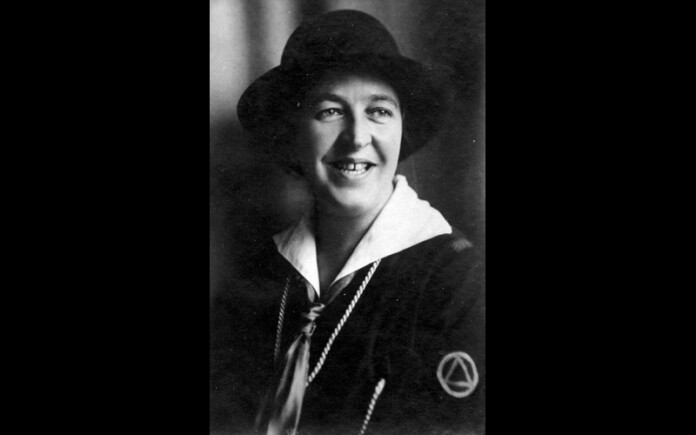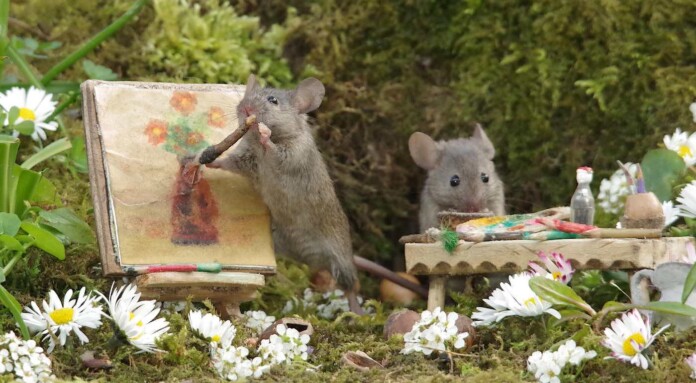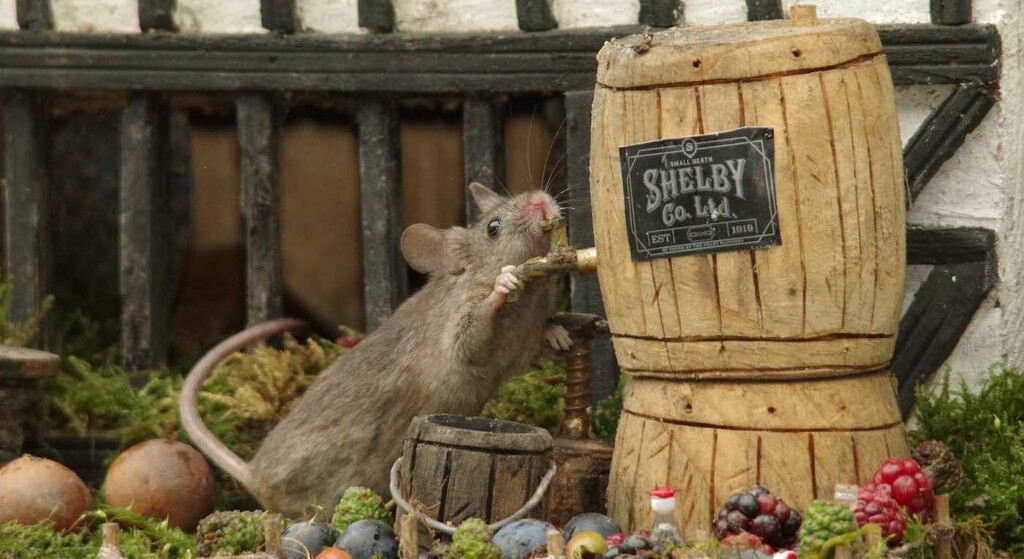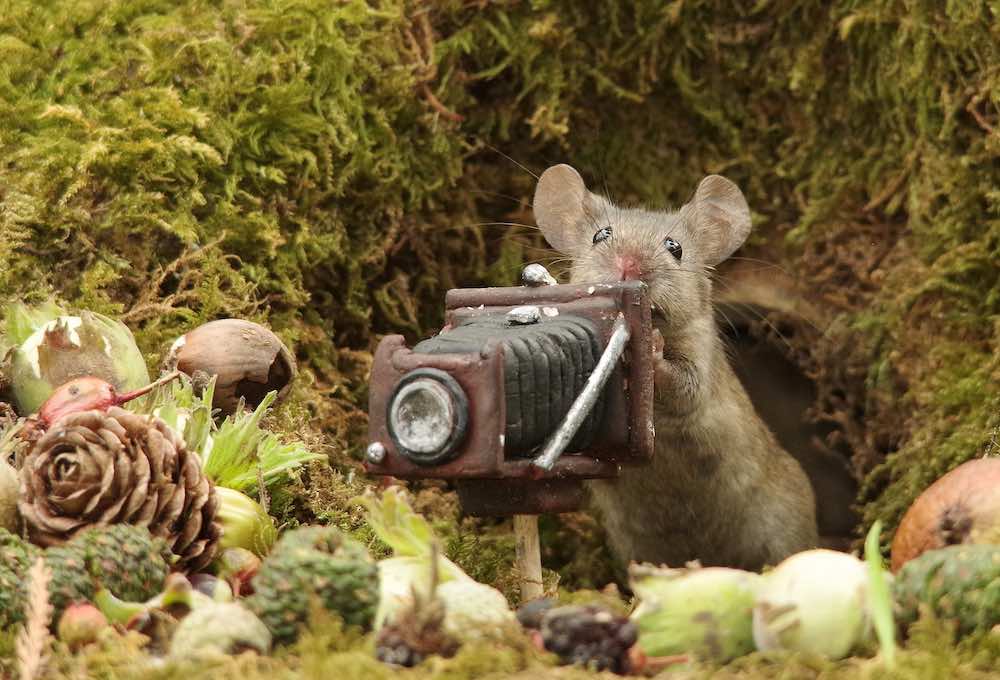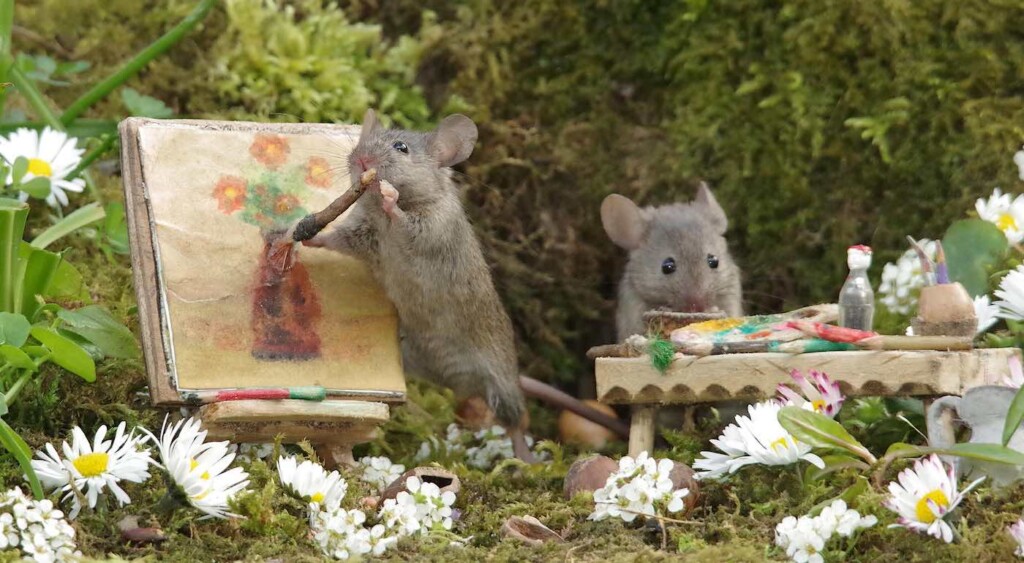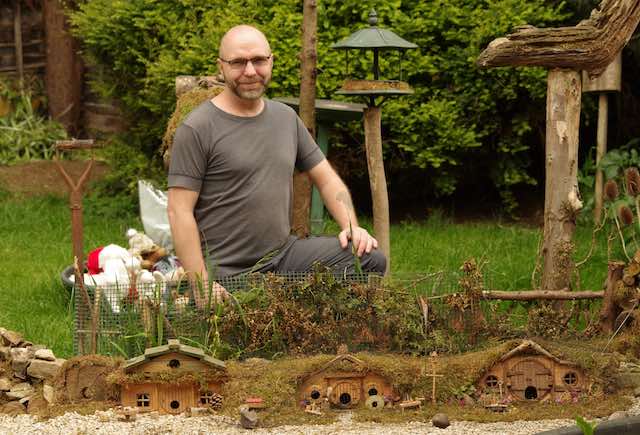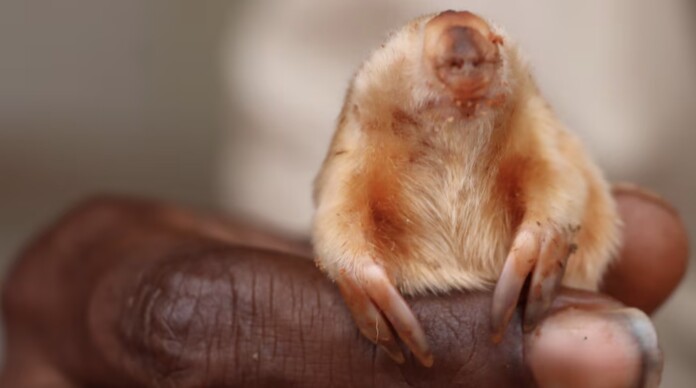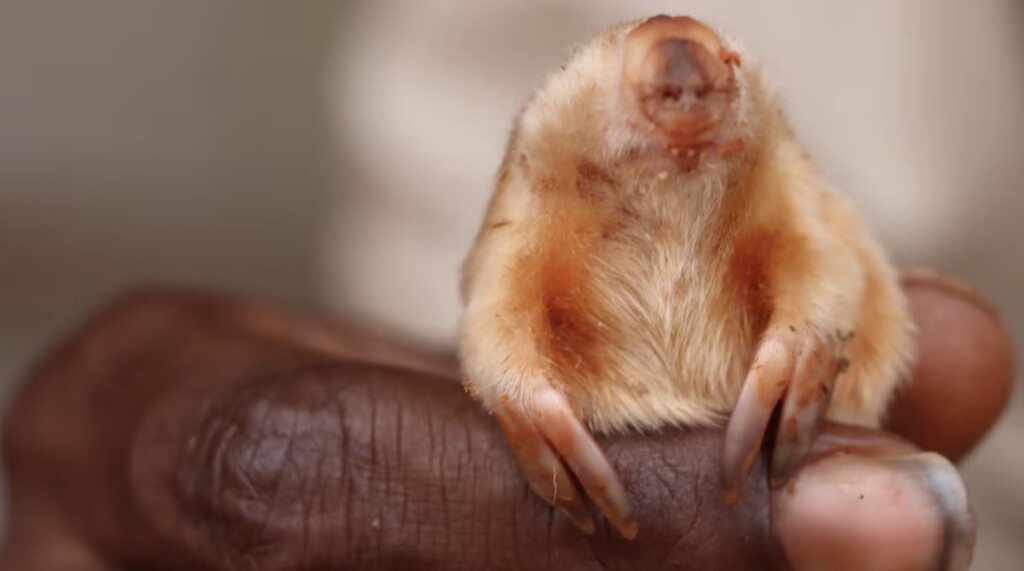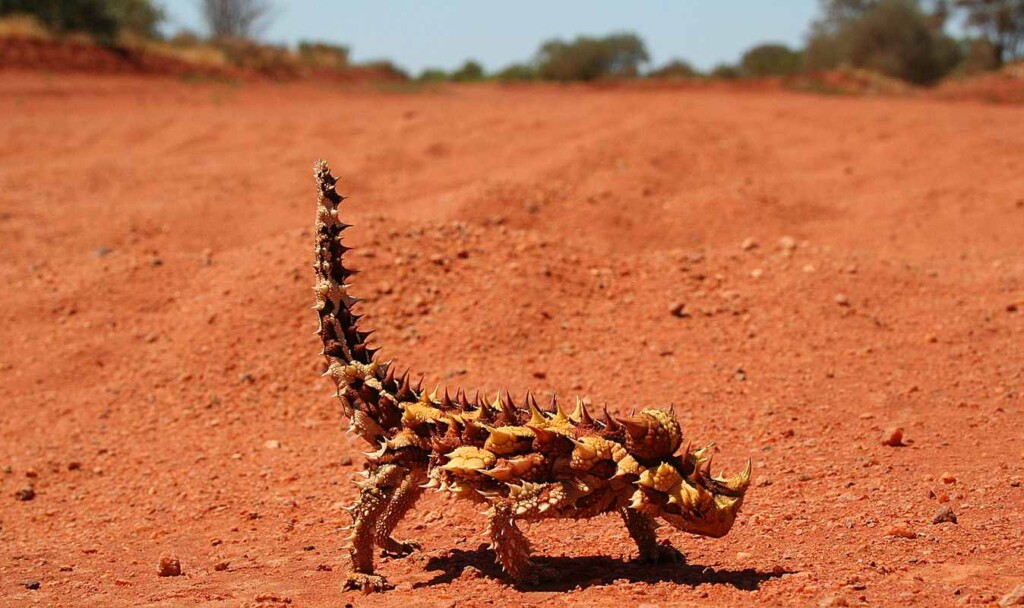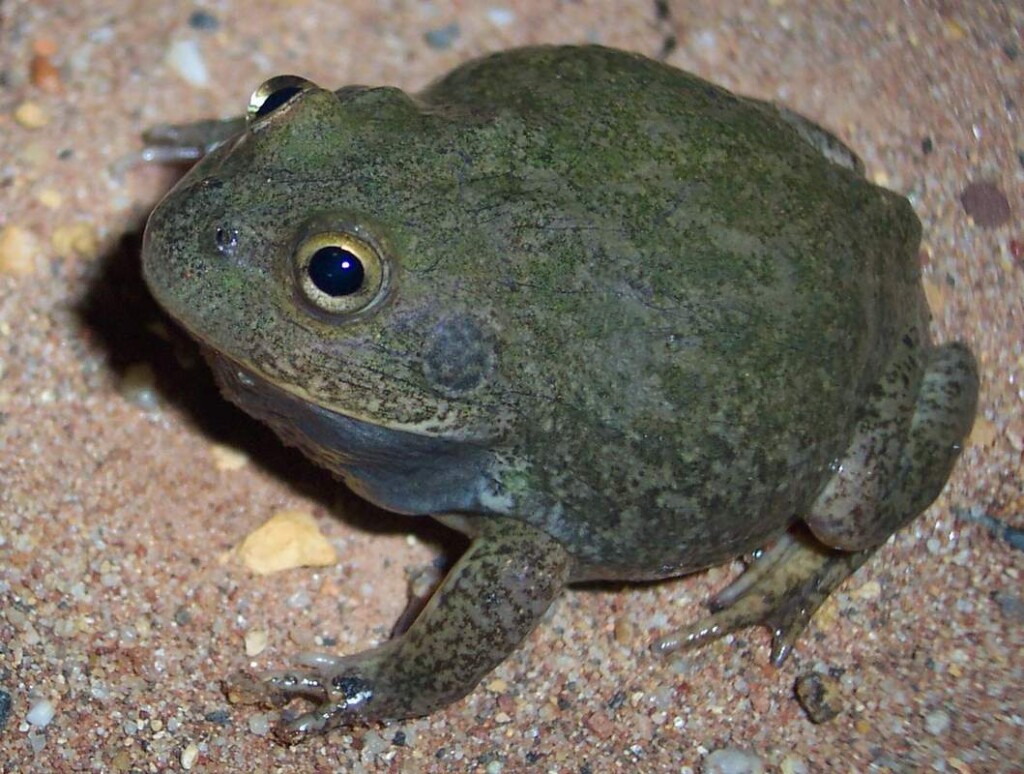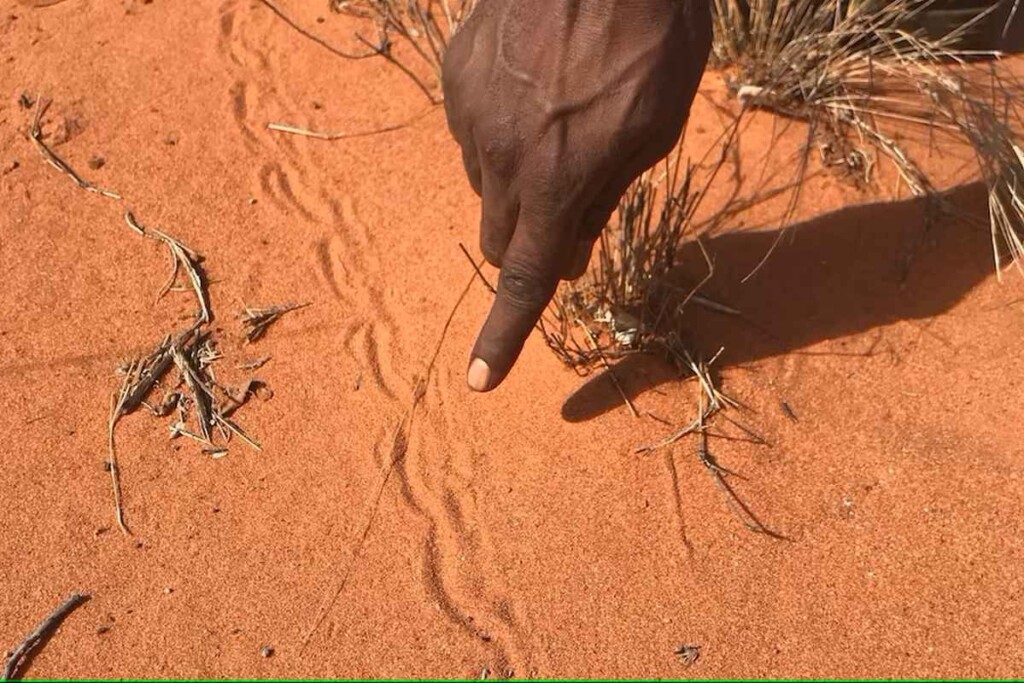Our partner Rob Brezsny, who has a new book out, Astrology Is Real: Revelations from My Life as an Oracle, provides his weekly wisdom to enlighten our thinking and motivate our mood. Rob’s Free Will Astrology, is a syndicated weekly column appearing in over a hundred publications. He is also the author of Pronoia Is the Antidote for Paranoia: How All of Creation Is Conspiring To Shower You with Blessings. (A free preview of the book is available here.)
Here is your weekly horoscope…

FREE WILL ASTROLOGY – Week of April 13, 2024
Copyright by Rob Brezsny, FreeWillAstrology.com

ARIES (March 21-April 19):
Is there any value in discussing happiness? It’s an amorphous term that has a different meaning for everyone. What makes me feel happy may be utterly unlike your definition. And the truth is that perfect happiness is impossible to achieve. We are always a mix of being happy and unhappy. Nevertheless, I invite you to ruminate about the subject in the coming days. I believe you are as close as you can get to crafting a realistic understanding of happiness—and then raising your happiness levels by at least 15 percent. Now here’s a possibly helpful clue from philosopher Friedrich Nietzsche: “Precisely the least, the softest, lightest, a lizard’s rustling, a breath, a flash, a moment—a little makes the way of the best happiness.”

TAURUS (April 20-May 20):
I invite you to take an inventory of your taboos, inhibitions, and restrictions. Ruminate on why you originally adopted them. Evaluate how well they have served you and whether they are still meaningful to you. If you find any of them have become unnecessary or downright injurious, get rid of them! And be excited and happy about getting rid of them! If you decide that some of your taboos, inhibitions, and restrictions are still wise for you to cultivate, thank them for their service and honor the feelings they evoke in you.

GEMINI (May 21-June 20):
“You could catalog the thousand ways people shrink from life, as if chance and change are by their nature toxic, disfiguring.” So says Gemini novelist Gregory Maguire. Your assignment in the coming weeks is to live your life in such ways as to contradict his theory about human nature. If you are game to try this experiment, you will interpret all chance and change as potentially expansive, redemptive, and interesting. You will never shrink from life, but will rather rise boldly to meet every challenge and embrace every twist of fate as a golden opportunity. Based on my interpretation of astrological omens, I have radiant faith in your ability to carry out this joyous project.

CANCER (June 21-July 22):
I nominate you to be the Top Toxin and Waste Purger of the Zodiac, beginning now and continuing through all of February. Do it both for yourself and on behalf of those you care about. Your assignment, if you choose to accept it, will be to eliminate nonessentials that obstruct the flow of the good life. These might include defunct fantasies, mistaken understandings, apathetic attitudes, and unloving approaches. Among the other dross or dreck you could root out is any clutter that’s making beloved environments feel oppressive. By the way, fellow Cancerian, this should be quite fun. If it’s not, you’re doing it wrong.

LEO (July 23-Aug. 22):
My goals right now are to inspire you: 1. to be full of love for your daily life; 2. to adore yourself exactly as you are; 3. to replace any numbness or boredom you feel with alert aliveness. Toward these ends, I offer three quotes: “The invariable mark of wisdom is to see the miraculous in the common,” by Ralph Waldo Emerson; “The universe is full of magical things patiently waiting for our wits to grow sharper,” by Eden Phillpotts; and, “I have the mysterious feeling of seeing for the first time something I have always known,” by Bernardo Bertolucci.

VIRGO (Aug. 23-Sept. 22):
In the coming weeks, I hope you avoid sucking up to egotistical manipulators. Please also refrain from being an unappreciated beast of burden and a half-willing pawn in a boring game. If you are interested in paying off a karmic debt, make sure it’s yours, not anyone else’s. If you plan to work hard to lay the foundation for a future liberation, get a guarantee that YOU will be at least one of the people liberated. PS: I’m fine with you doing unselfish things as long as they will also have selfish benefits.

LIBRA (Sept. 23-Oct. 22):
The greatest undiagnosed malady affecting us modern people is atrophy of the soul. This misfortune is related to another: apathy of the soul. So much of the colorful stimuli that scream for our attention is engineered to feed our egos; our poor souls are left to starve. Please note that I have no problem with our egos—they are an important part of our make-up and are essential for healthy functioning. But it’s a damn shame they hog all the glory and nourishment. Now here’s my main message for you: It’s high time to celebrate a holiday I call Nurture the Soul. Make it last at least three weeks. Homework: Identify three actions you will take to excite, love, and nurture your soul.

SCORPIO (Oct. 23-Nov. 21):
Psychologist Carl Jung wrote, “Motherlove is one of the most moving and unforgettable memories of our lives, the mysterious root of all growth and change; the love that means homecoming, shelter, and the long silence from which everything begins and in which everything ends.” To place yourself in rapt alignment with current cosmic rhythms, Scorpio, you will do whatever’s necessary to get a strong dose of the blessing Jung described. If your own mother isn’t available or is insufficient for this profound immersion, find other sources. Borrow a wise woman elder. Be intensely intent on basking in a maternal glow that welcomes you and loves you exactly as you are—and makes you feel deeply at home in the world.

SAGITTARIUS (Nov. 22-Dec. 21):
Sagittarian computer scientist Grace Hopper (1906–1992) wrote, “The most damaging phrase in the language is: ‘It’s always been done that way.’” For your inspiration, I’ll expand on that wisdom. The most obvious meaning is that we risk ignoring our individualized needs and suppressing our creative inspirations if we mindlessly conform to the habits of society at large and our own community. But it’s equally important not to blindly repeat our own previous actions. Maybe they were brilliant and appropriate in the past, but there’s no guarantee they will always be so. In conclusion, Sagittarius, I recommend you rebel against your own personal “it’s always been done that way” as well as everyone else’s.

CAPRICORN (Dec. 22-Jan. 19):
Which would you prefer in the coming weeks: itches, prickles, twitches, and stings? Or, instead, tickles, tingles, quivers, and shimmers? To ensure the latter types of sensations predominate, all you must do is cultivate moods of surrender, relaxation, welcome, and forgiveness. You will be faced with the former sensations only if you resist, hinder, impede, and combat. Please keep in mind that this is not always sound advice. Sometimes, it’s wise to boldly refuse to go with the flow. But this is not one of those phases. I encourage you to cultivate an elegant and graceful receptivity.

AQUARIUS (Jan. 20-Feb. 18):
It’s the 17th annual Brag Therapy Holiday, for you Aquarians only. During this celebration, we expect you—indeed we want you—to boast extravagantly. Tell us in exquisite detail why you are such a marvelous creation. Explain how you have overcome seemingly insurmountable odds to transform yourself into a masterpiece of gorgeous intelligence. Regale us with stories of your winsome qualities, your heroic triumphs, your hilarious and poignant adventures on the edge of reality. Make sure we understand how educational and healing it would be to absorb your influence. Show us why we should consider regarding you as a role model.

PISCES (Feb. 19-March 20):
I invite you to resolve old business, draw unrewarding projects to a close, and finish your lessons at the School of Hard Knocks. You don’t have to carry out my next proposal, but if you do, I won’t be upset: Politely and quietly scream “Get out of my life forever” at anyone who doesn’t give you the respect and kindness you deserve. I also recommend that you do a Wrap-It-Up Ritual. Make an altar that pleases you with its beauty. Take five scraps of paper and write on every piece a description of an influence or experience you want to purge from your life. As you rip each scrap into little bits, say this: “I’m grateful for what I have learned from you, but now I am leaving you behind.”
WANT MORE? Listen to Rob’s EXPANDED AUDIO HOROSCOPES, 4-5 minute meditations on the current state of your destiny — or subscribe to his unique daily text message service at: RealAstrology.com
SHARE The Wisdom With Friends Who Are Stars in Your Life on Social Media…





















